Today, we will discuss how the Ukrainian defense industry is booming at an unprecedented rate being boosted by the ongoing war with Russia. While initially heavily reliant on foreign aid, Ukraine has been actively developing its domestic arms production capabilities. The industry is undergoing transformation, with efforts to increase production, attract investment, and integrate with Western defense industries.
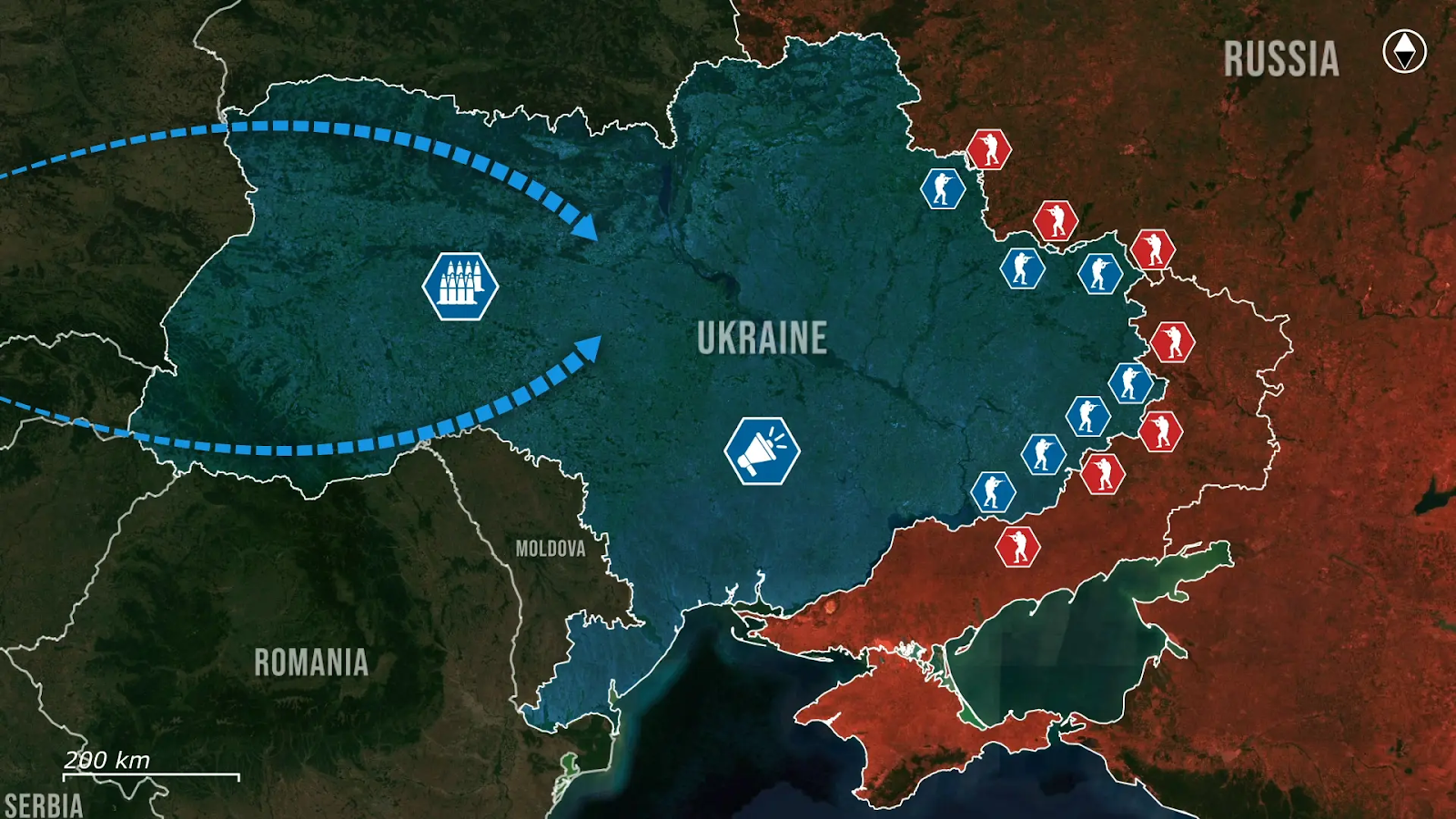
Ukrainian Foreign Minister Andriy Sybiiha stated recently that the country now produces 40% of its own military needs and has become a global leader in drone technology by scaling military equipment production by up to 35 times. He added that Ukraine aims for even greater self-sufficiency and reduced dependency on foreign arms supplies. This change started after the 2014 annexation of Crimea by Russia, which prompted a re-evaluation and restructuring of the industry, which had previously been heavily reliant on exports to Russia and outdated Soviet-era technology.
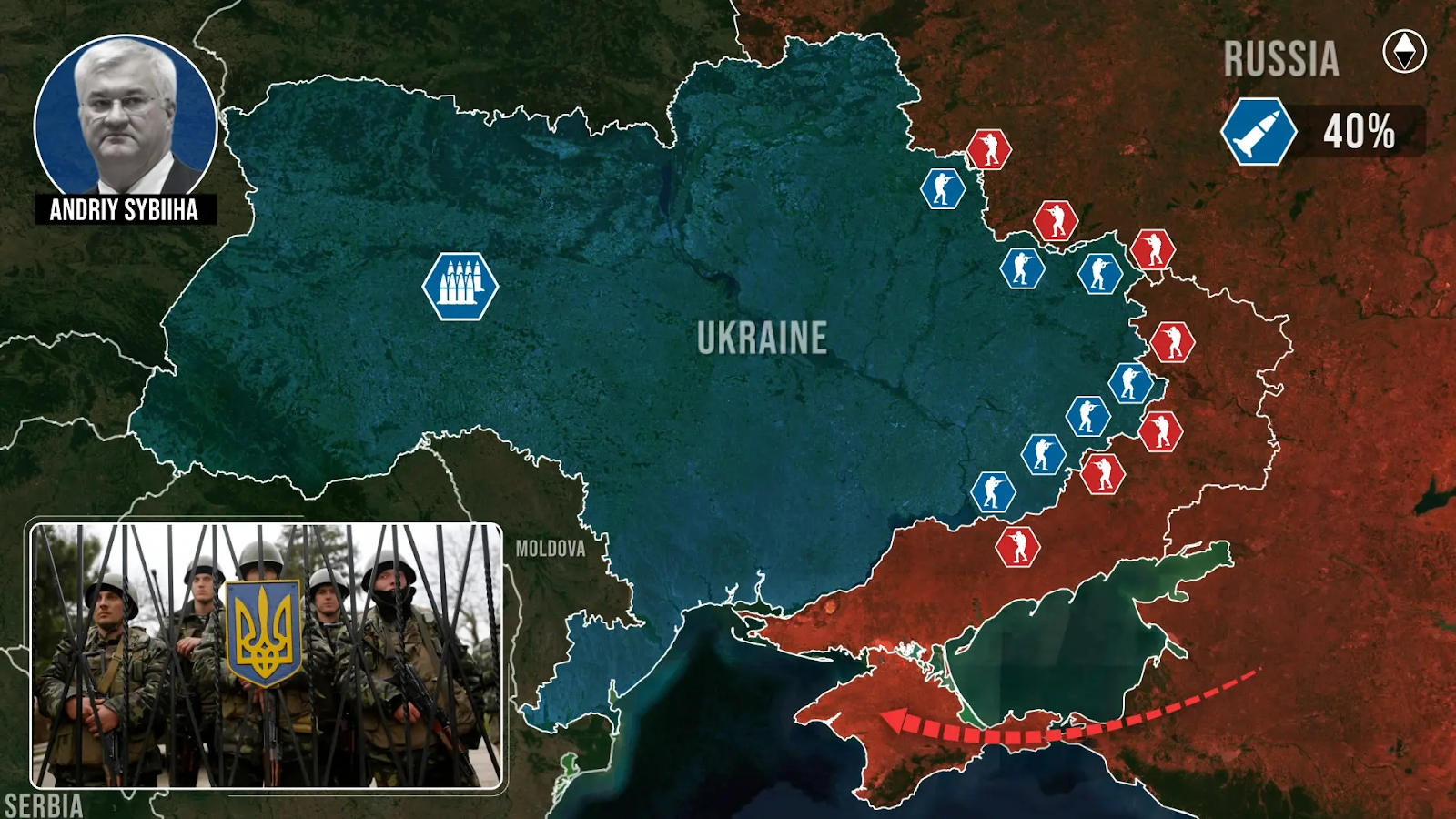
One of the main initiatives to boost the internal arms industry is the Weapon of Victory program, launched by Ukraine’s Ministry of Defense, that marks a significant step toward strengthening the country’s military capabilities. In the first half of 2025, the Ministry signed contracts totaling around 3 billion dollars with 12 Ukrainian arms manufacturers, aiming to establish long-term partnerships and a sustainable defense industry.


This initiative focuses on securing three, five, or ten-year contracts with national manufacturers, ensuring stability and predictability for the Armed Forces. Key criteria for inclusion in the program include mandatory codification, serial production, and 50% localization. The program is crucial for developing Ukraine’s domestic military equipment sector, ensuring a steady supply of high-quality weapons. Beyond military strategy, it strengthens Ukraine’s economy during wartime by creating jobs and advancing the defense industry.
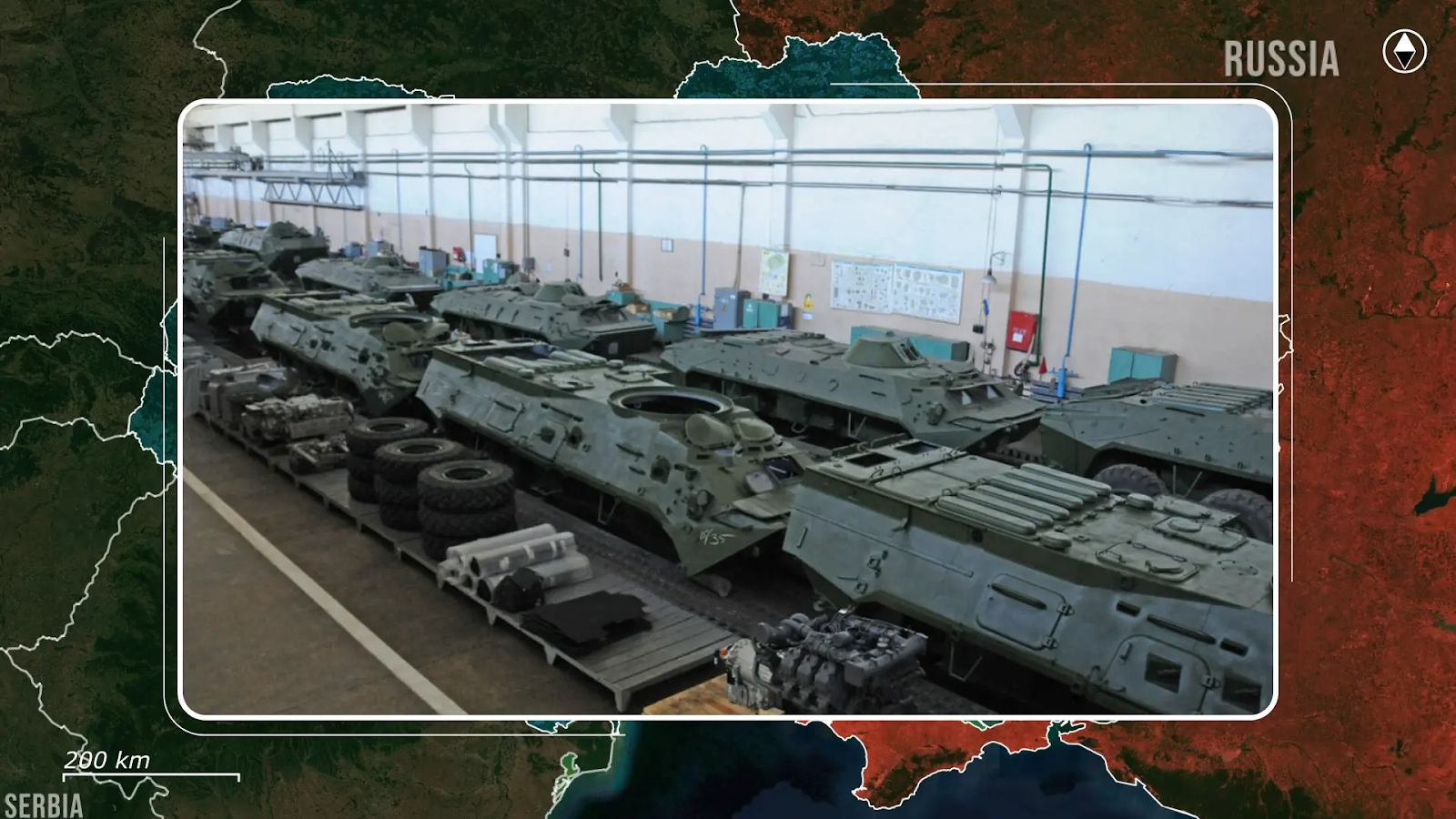
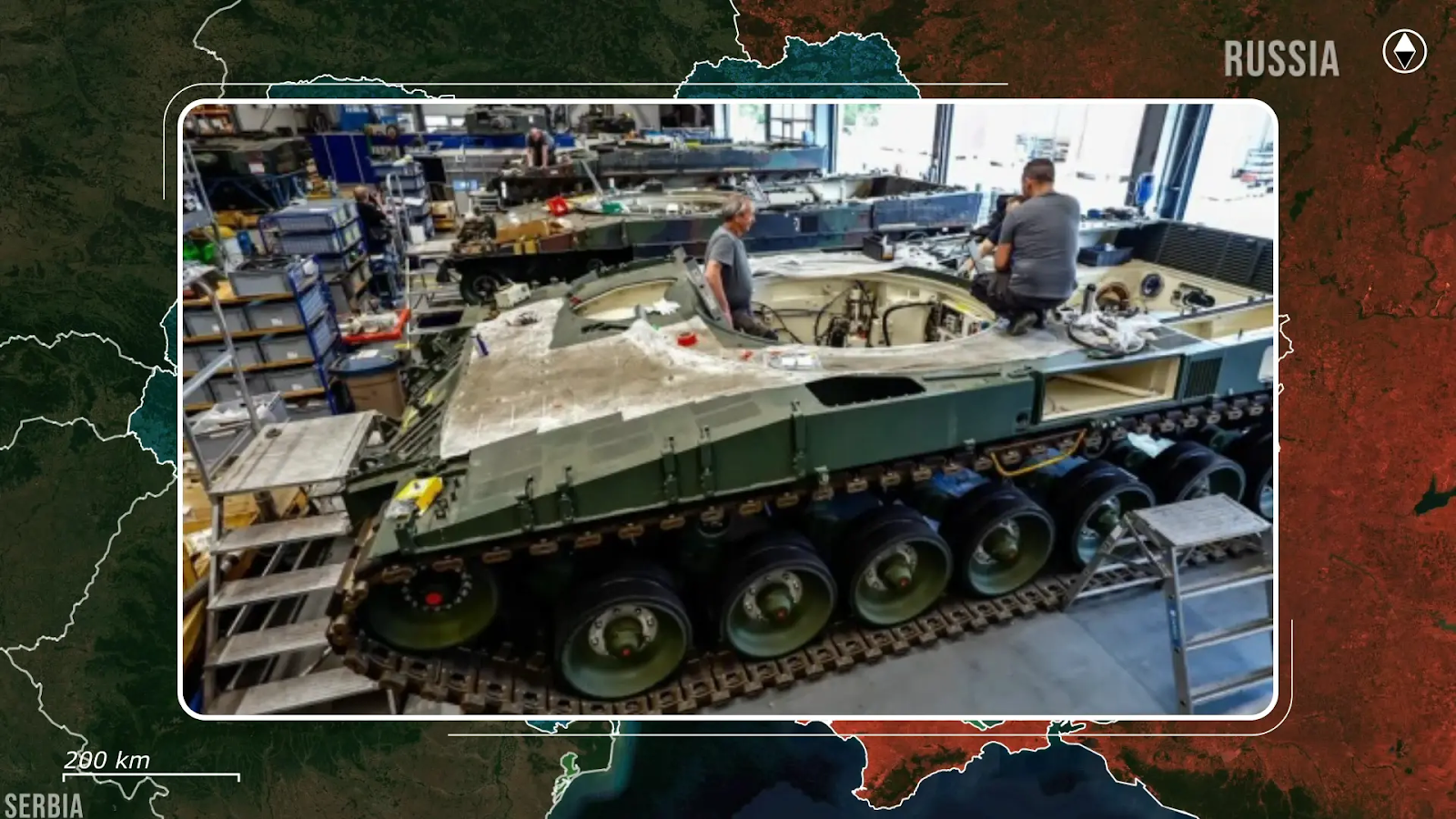
The Weapon of Victory program is not just about immediate military needs; it is a long-term commitment to ensuring Ukraine's defense sovereignty and success in the ongoing war.
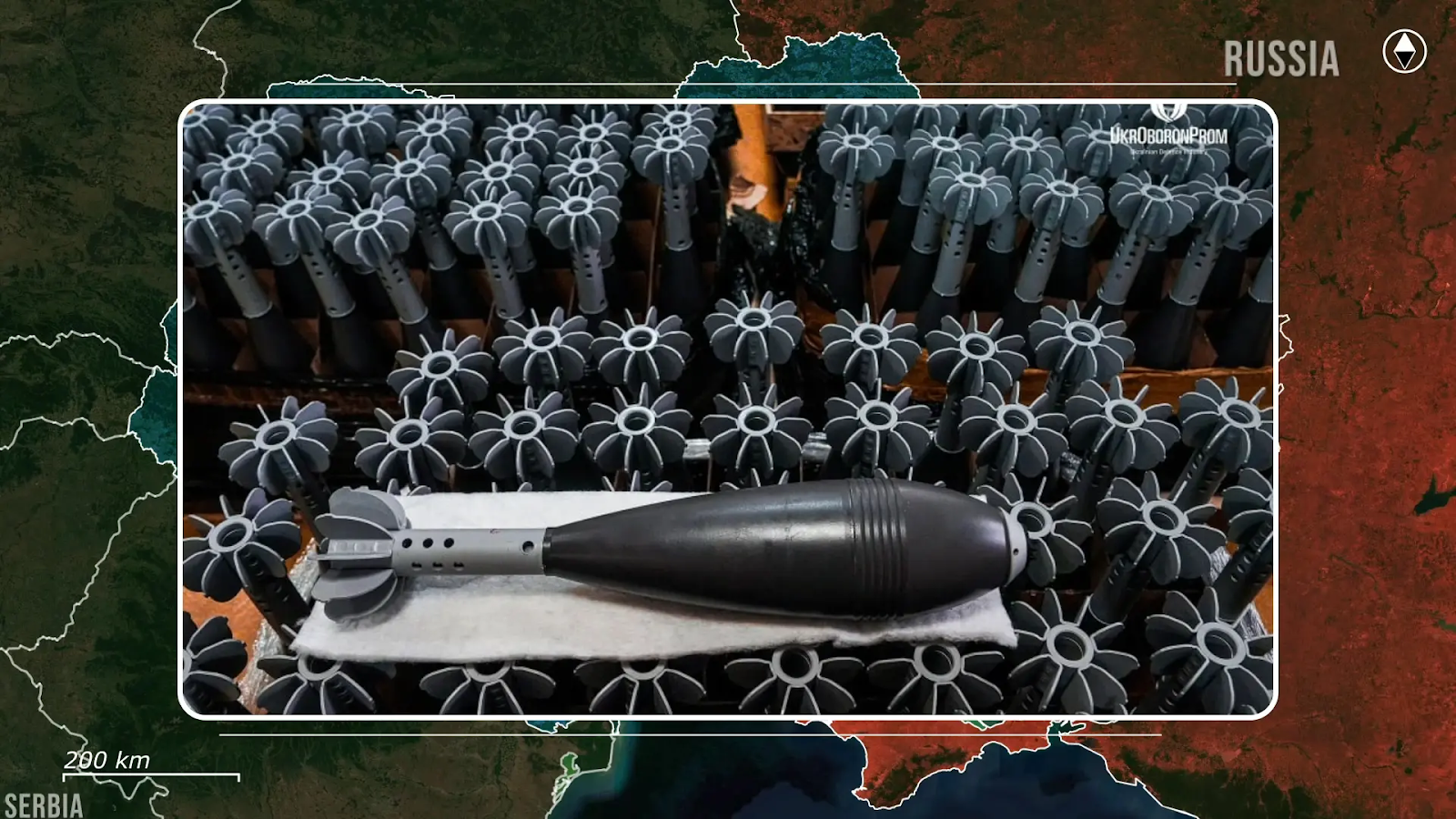
Among the most significant and impactful products of the Ukrainian defense industry are advanced missile systems, drones, and armored vehicles, each playing a critical role in enhancing Ukraine’s military capabilities.
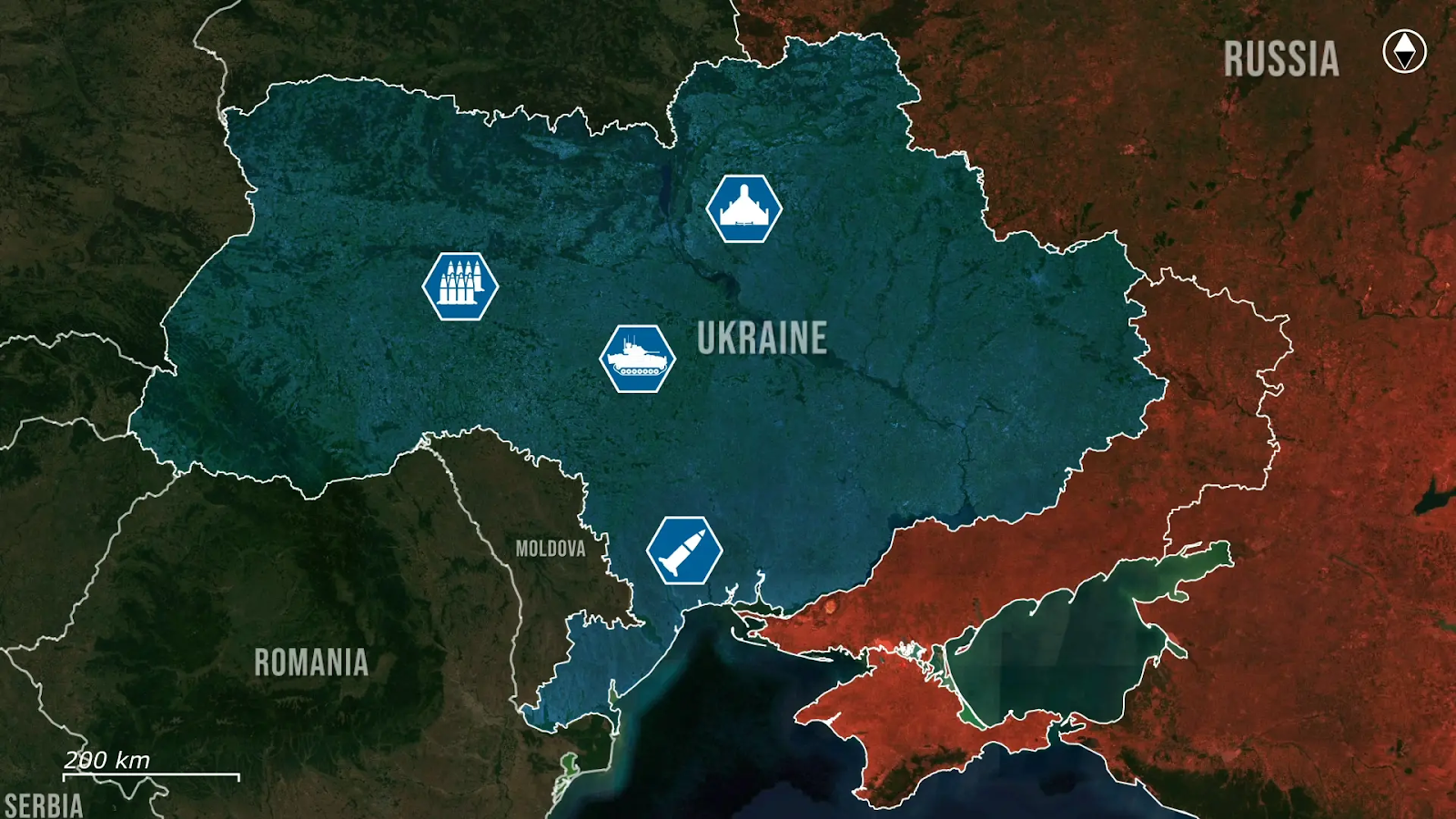
One of the largest and most important products is the Neptune anti-ship missile system, capable of striking large maritime targets, including enemy warships, with high precision. Developed by Ukrainian manufacturers, the Neptune has proven to be a game-changer, especially in the context of countering Russian naval threats in the Black Sea, but also as being updated for use for ground-to-ground precision hits against key Russian objects deep behind the frontline.
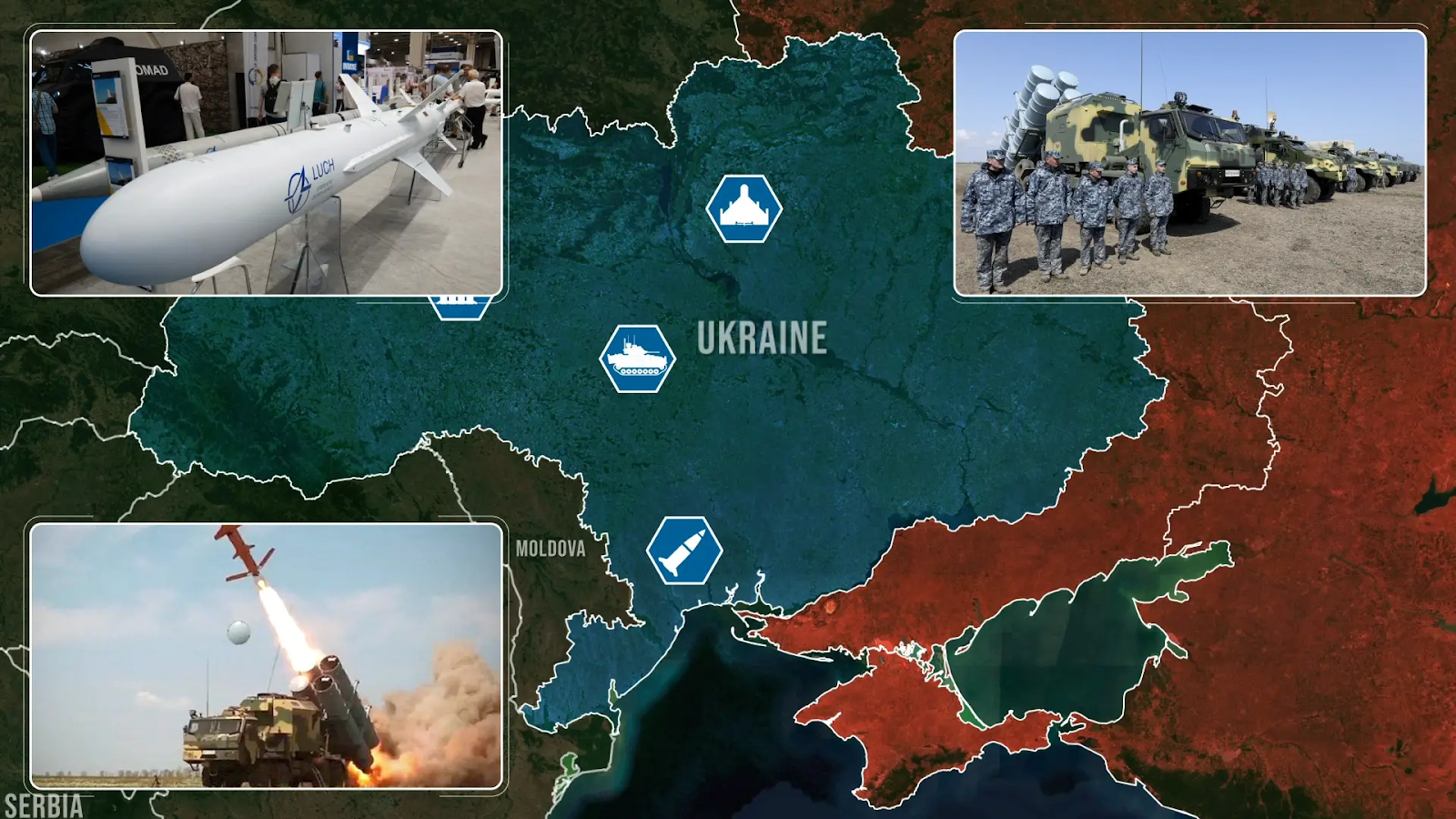
Another key product is Ukraine’s fleet of drones, which includes both reconnaissance and combat drones. Being operated in the sky, sea, and on the ground, they have become essential for intelligence gathering, surveillance, and strike capabilities. Drones are particularly important for their ability to gather real-time intelligence, perform strikes with minimal risk to personnel, and provide valuable reconnaissance in contested areas, all of which are crucial for modern warfare. At the same time, Ukraine's variety of long-range drones has helped the country strike key Russian assets, no matter if they are 1000 kilometers away on the ground or in the sea.
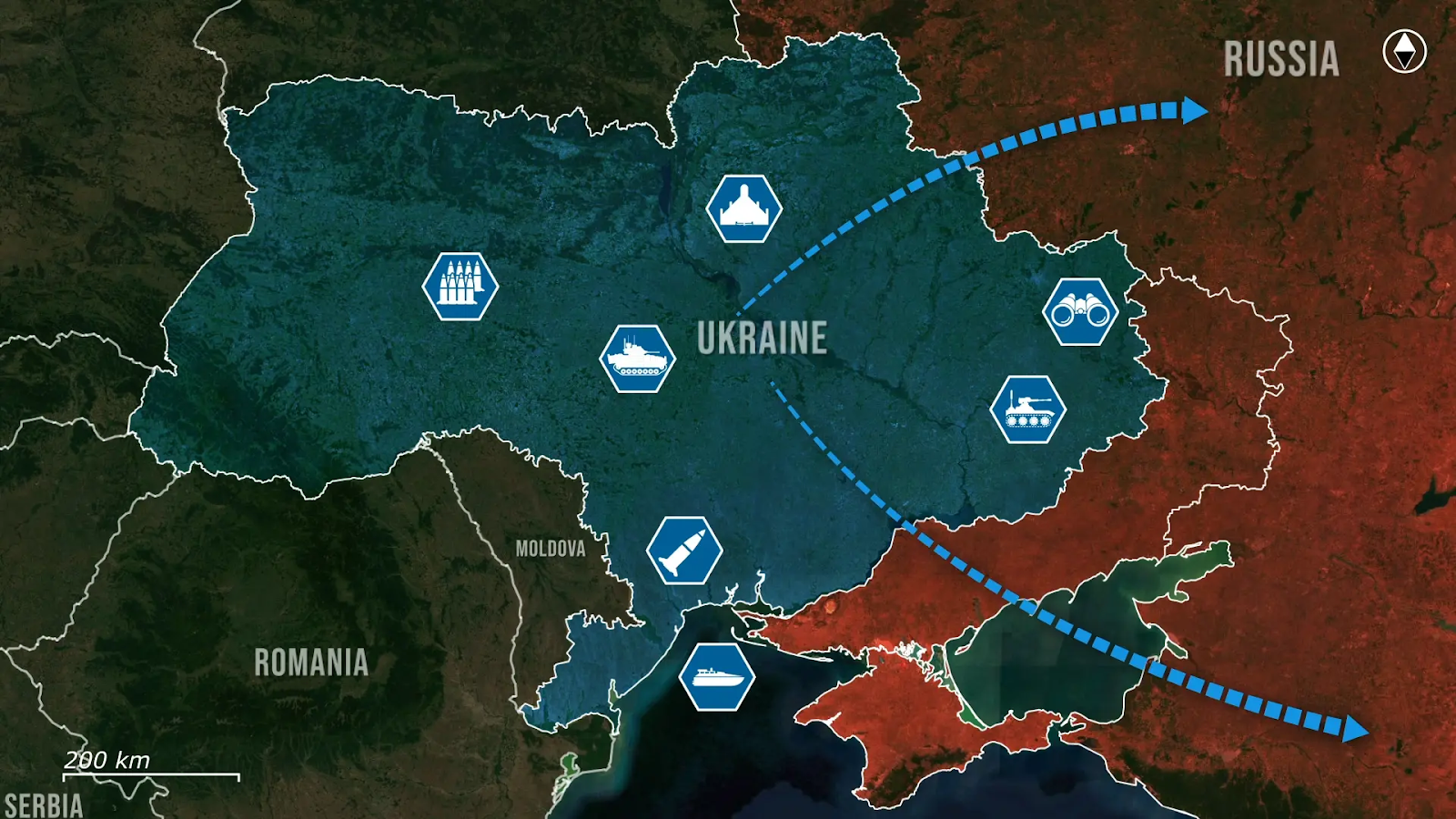
Ukraine’s armored vehicles, such as the BTR-4 infantry fighting vehicle, are vital for ground operations. The BTR-4 is equipped with advanced armor and weaponry, providing troops with protection while allowing them to engage effectively with enemy forces. These armored vehicles are crucial for both offensive and defensive operations, offering mobility, firepower, and protection for troops on the battlefield.
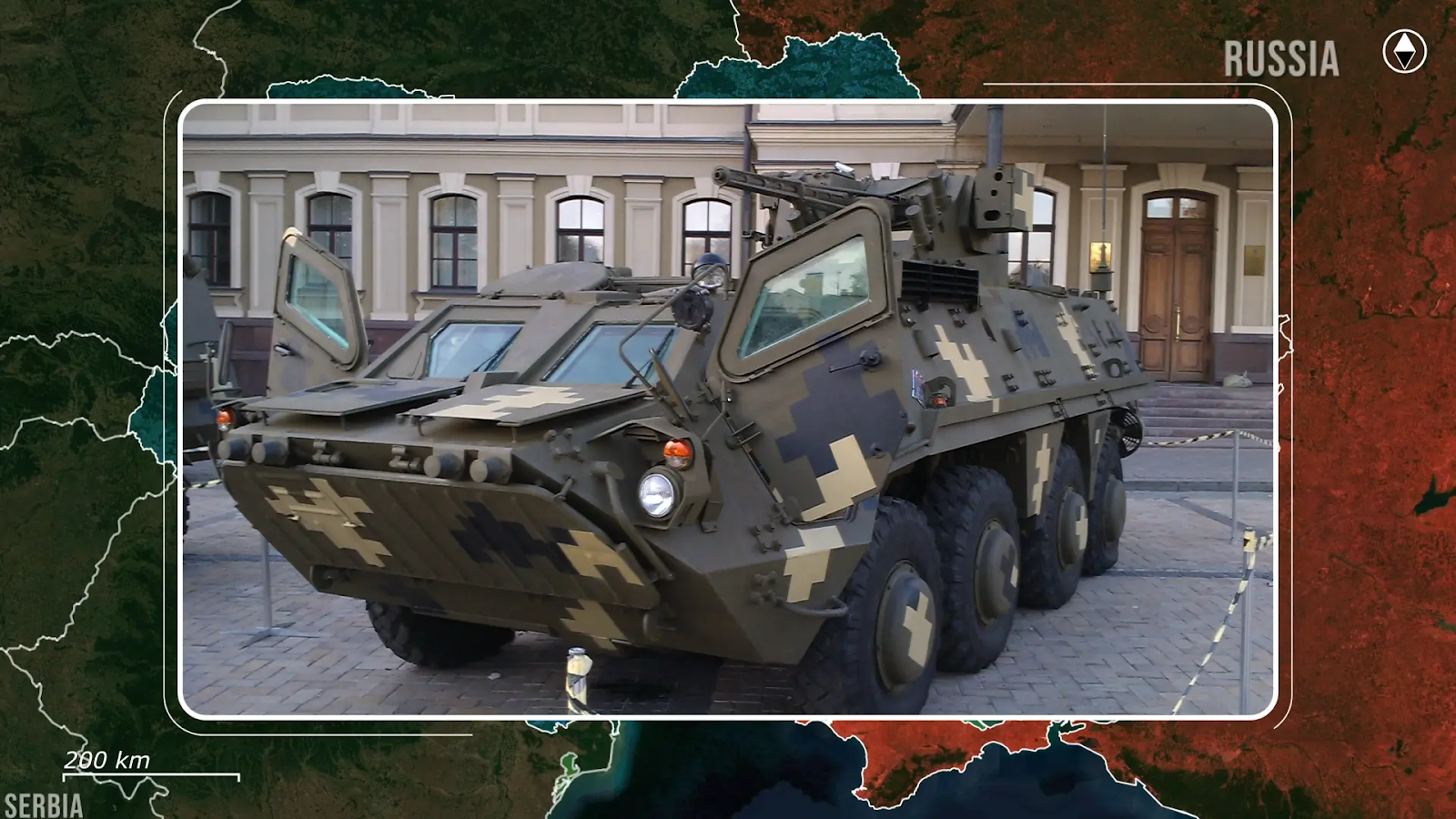

Lastly, Ukraine started producing 155-millimeter artillery shells to NATO standards, essential for compatibility with modern artillery systems. They provide long-range fire support, precision targeting, and enhanced battlefield effectiveness. With NATO-caliber munitions, Ukraine strengthens its artillery capabilities, ensuring interoperability with allied forces and improving its defense operations on the frontlines.
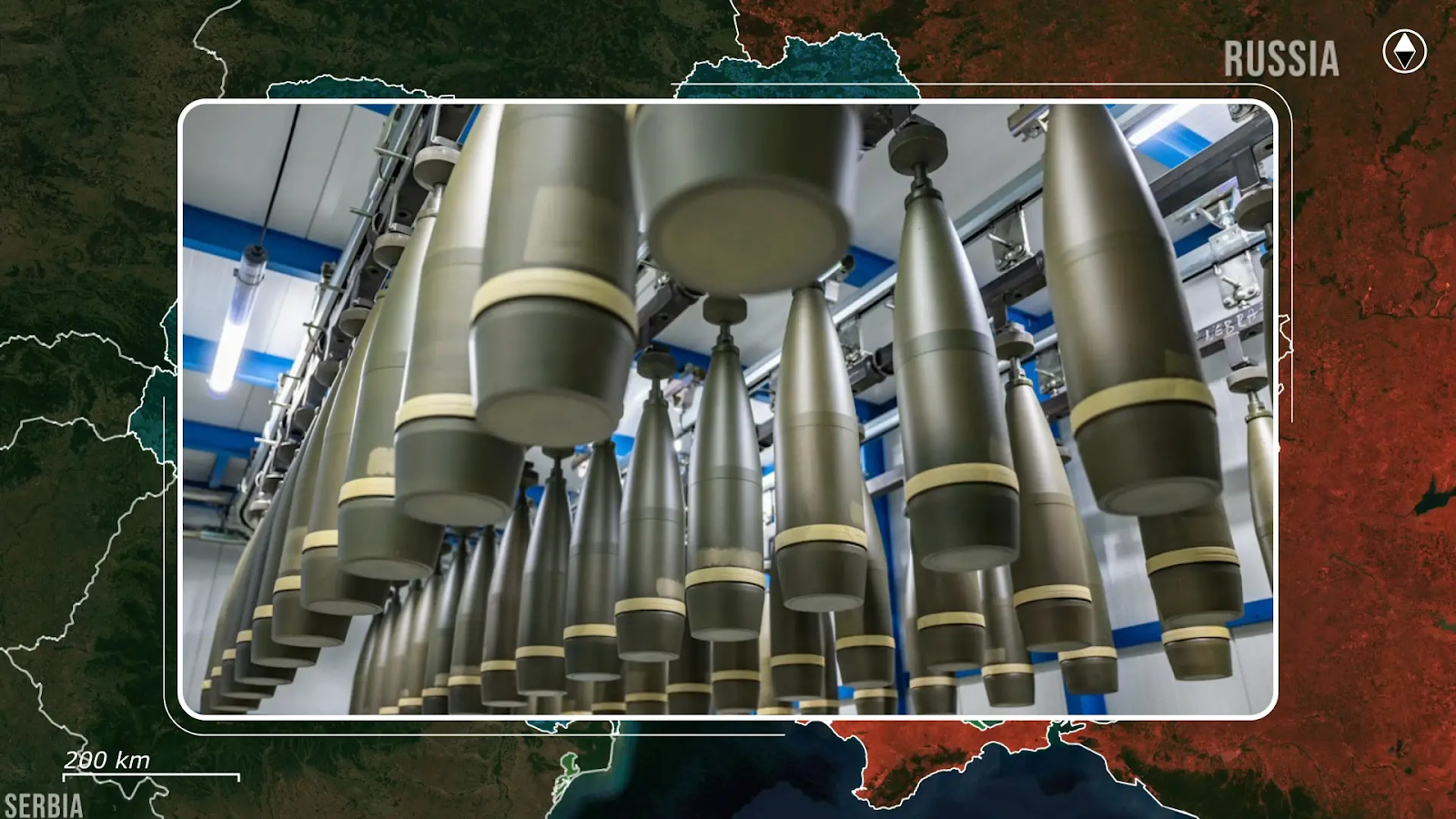
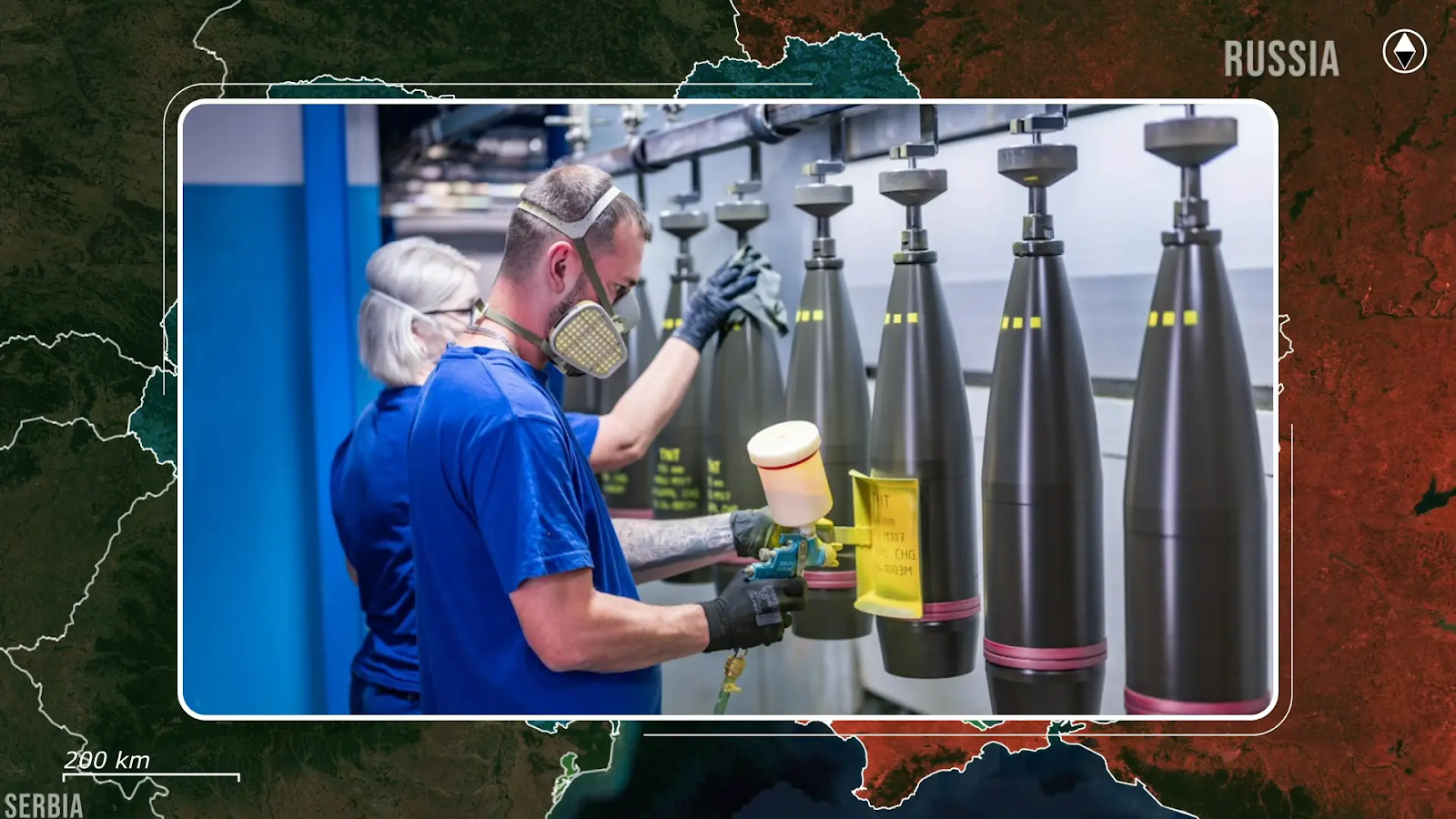
Overall, Ukraine is determined to build on these achievements, and recent changes in the government confirm this. President Zelensky announced them, with former Prime Minister Denys Shmyhal becoming the new defense minister. Among the main goals for the first six months will be to raise the share of Ukrainian-made weapons on the front lines to 50%.
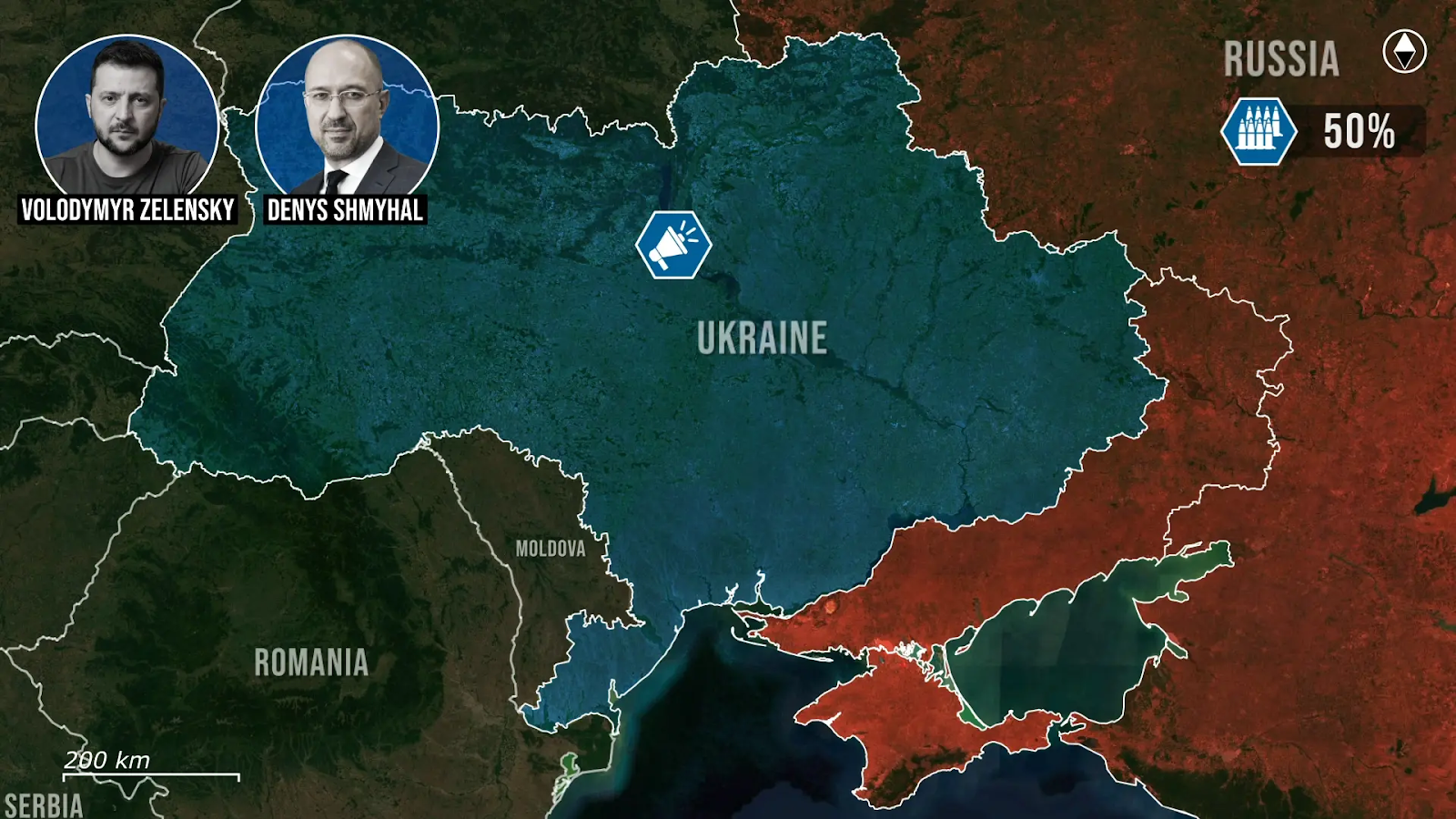
A clear pivot to boost domestic defense production further and ensure that Ukraine is less reliant on foreign help and supplies.
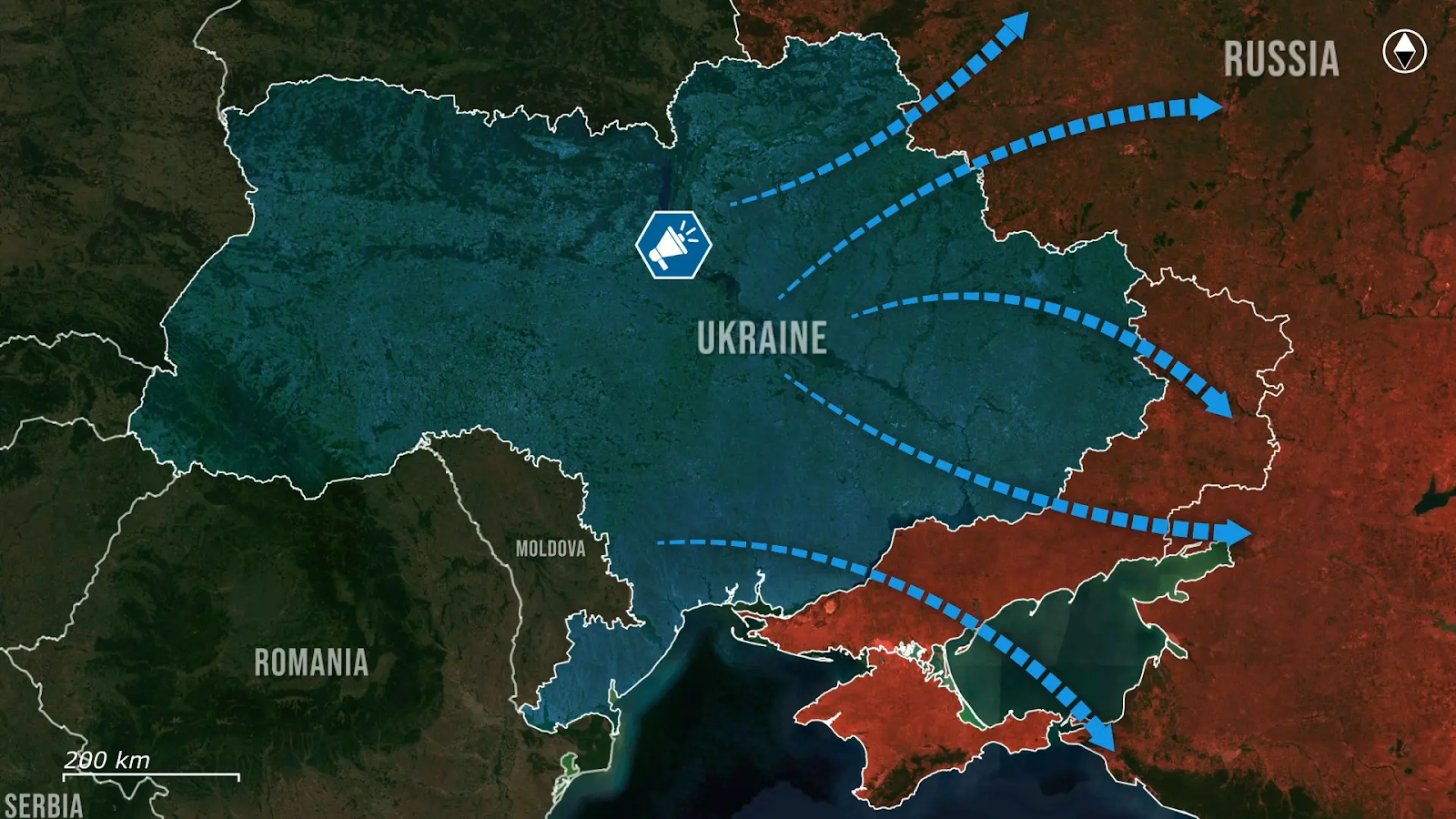









.jpg)
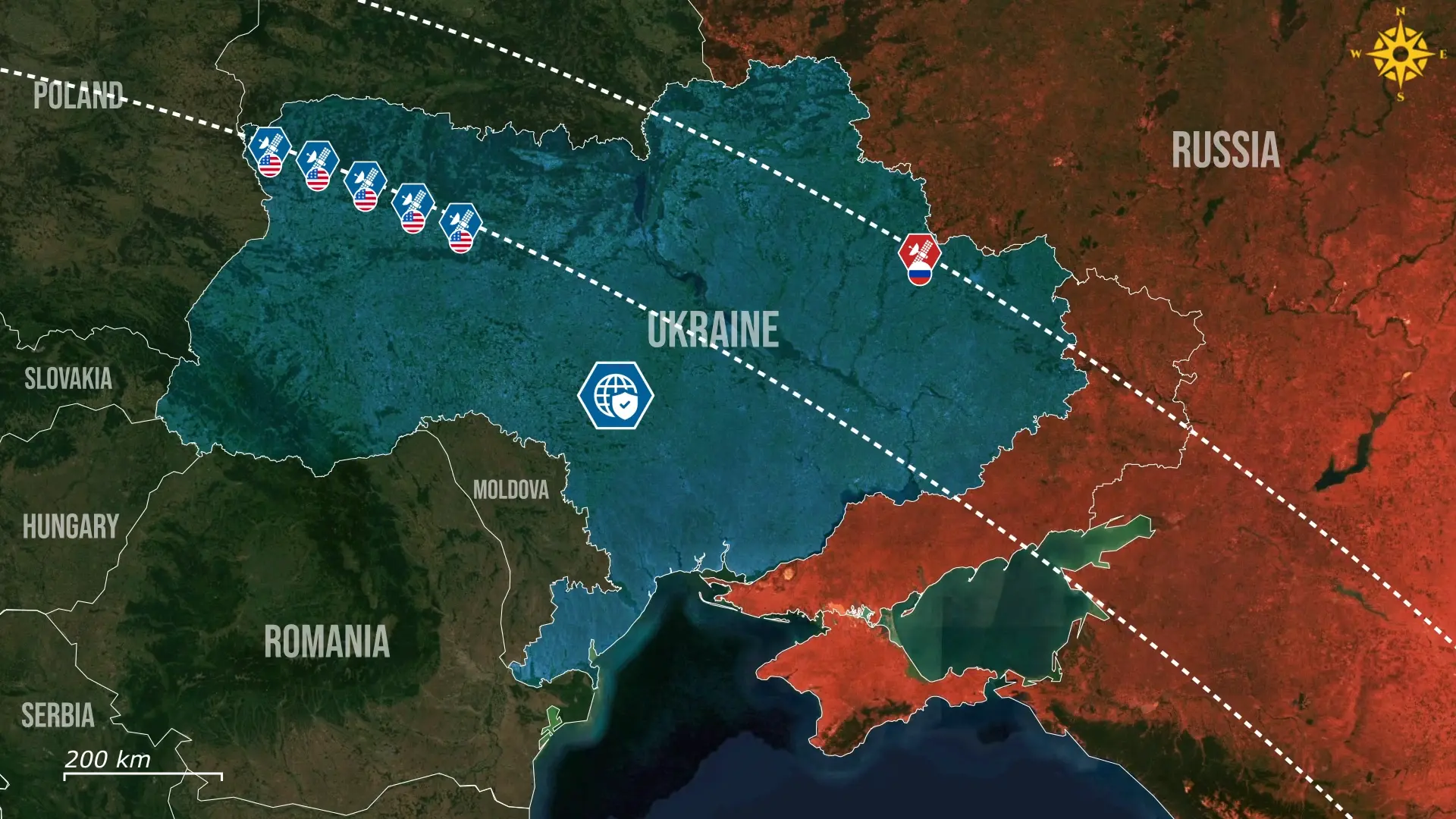

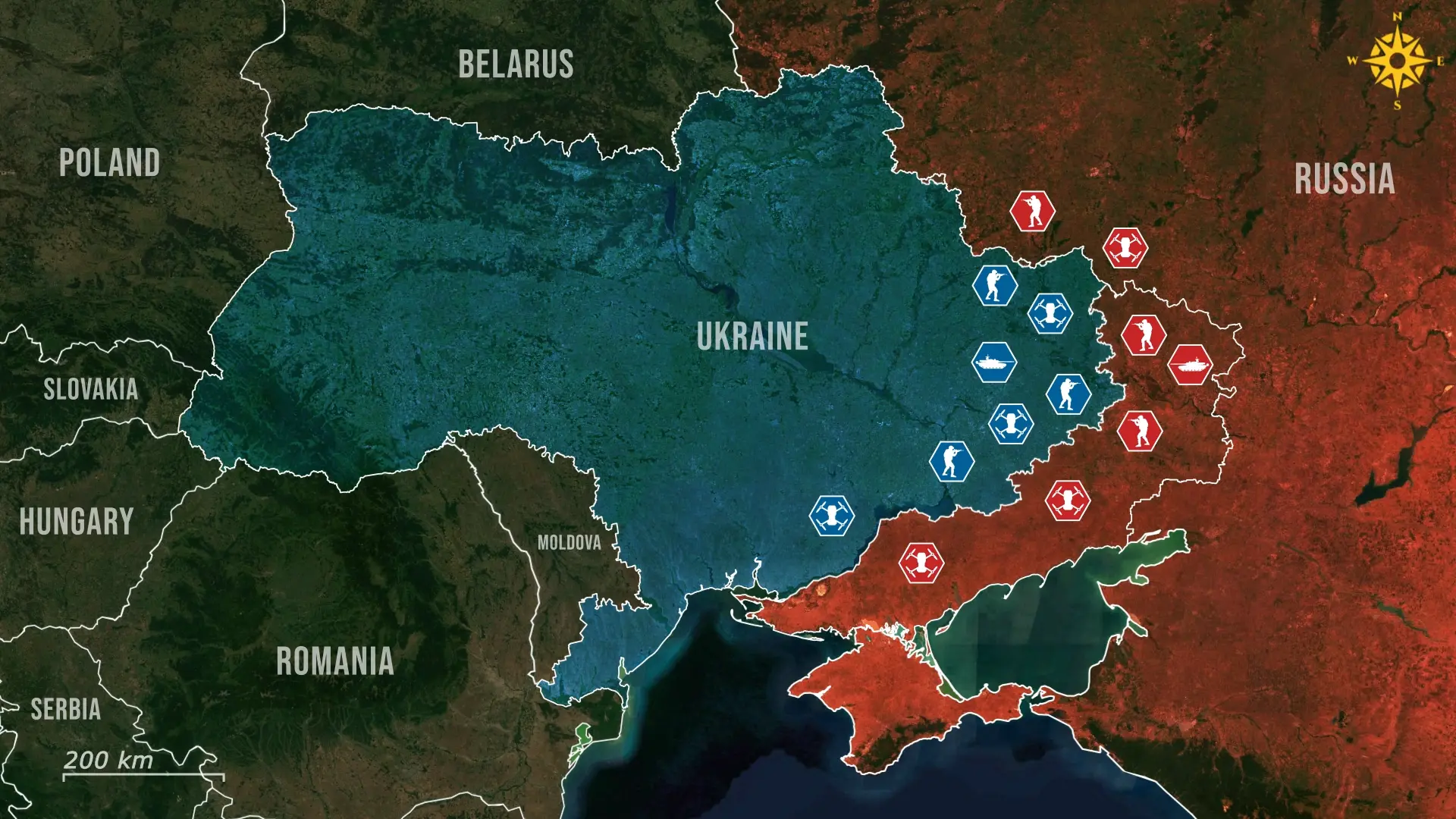
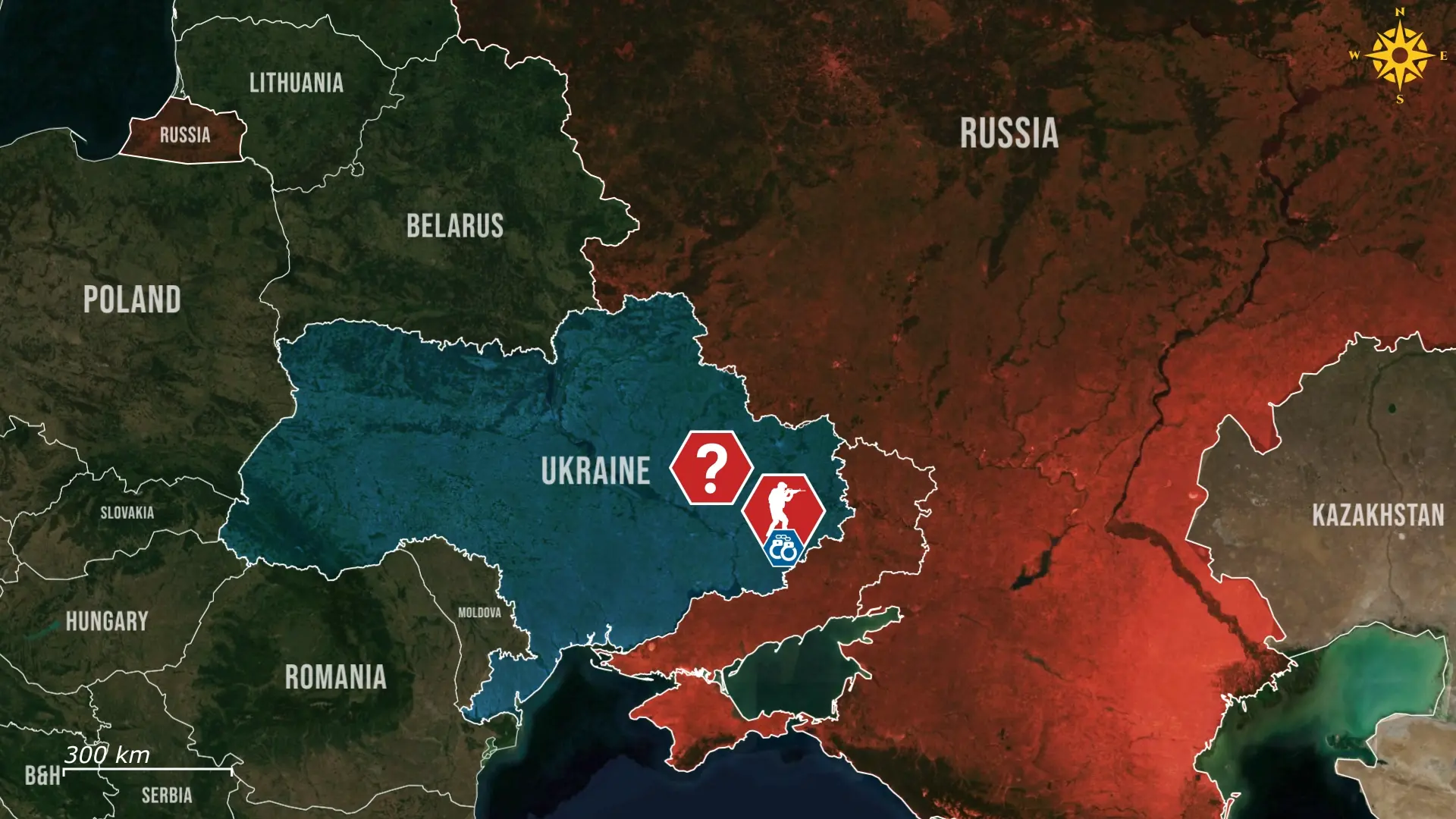
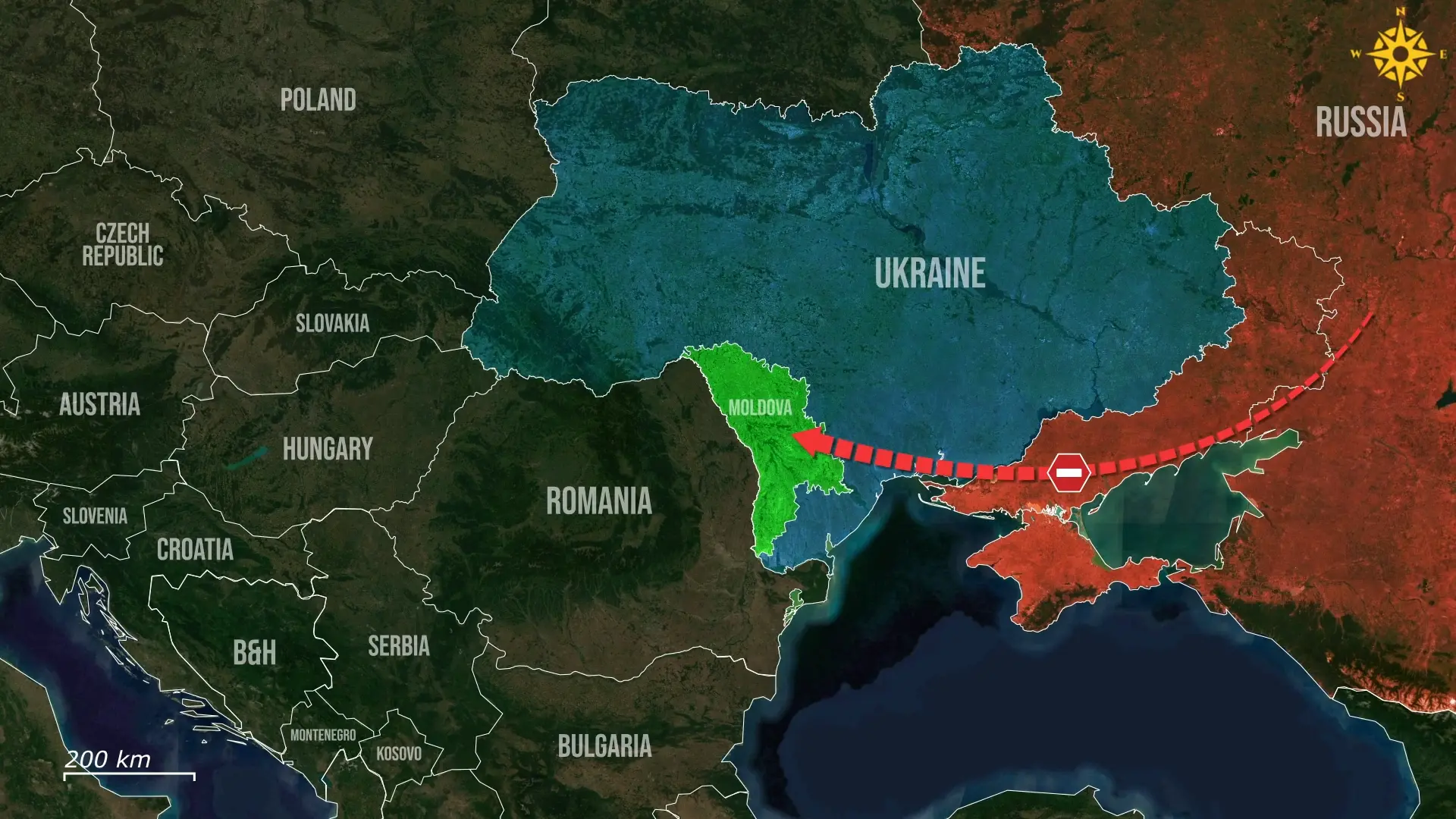

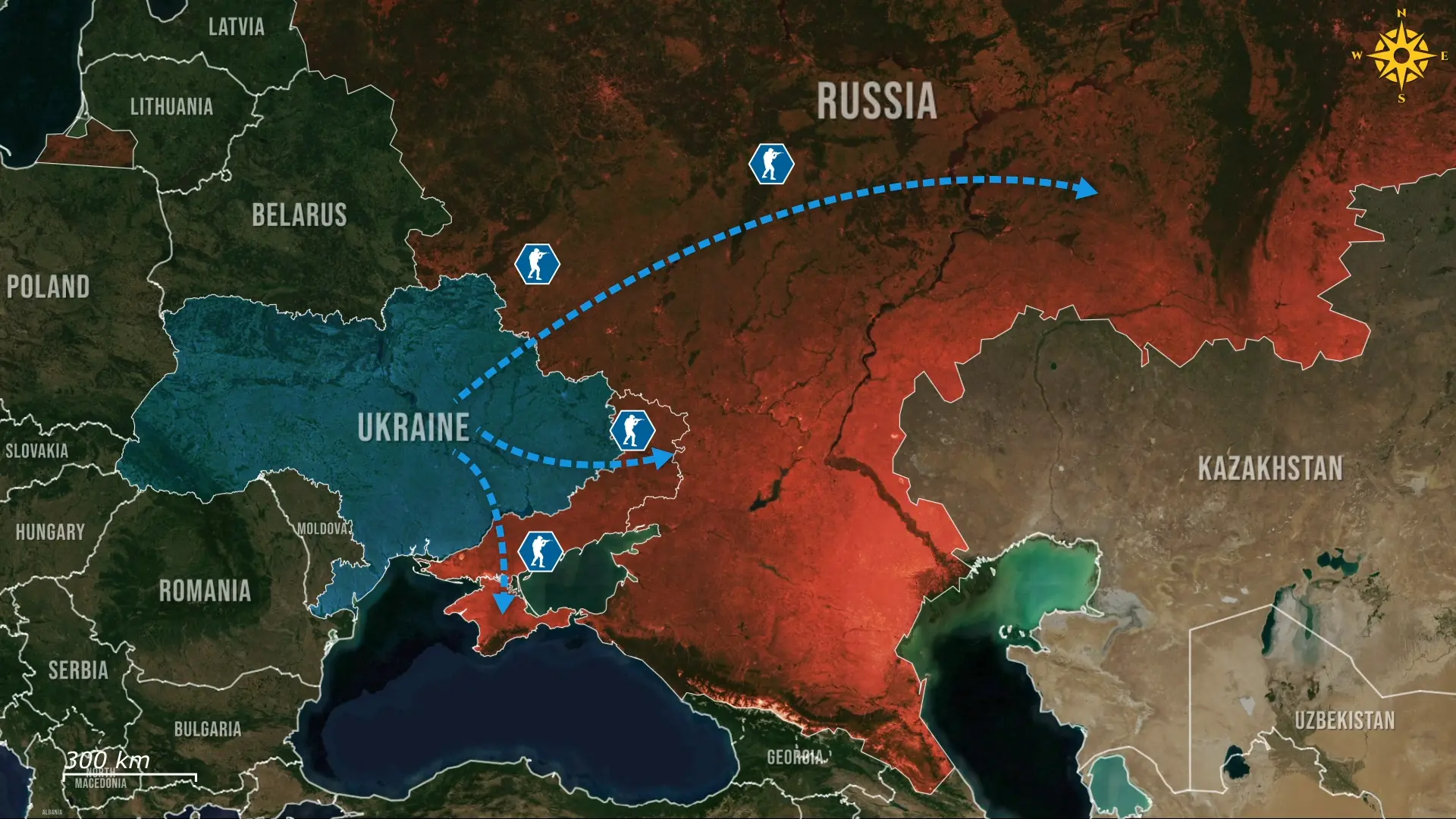
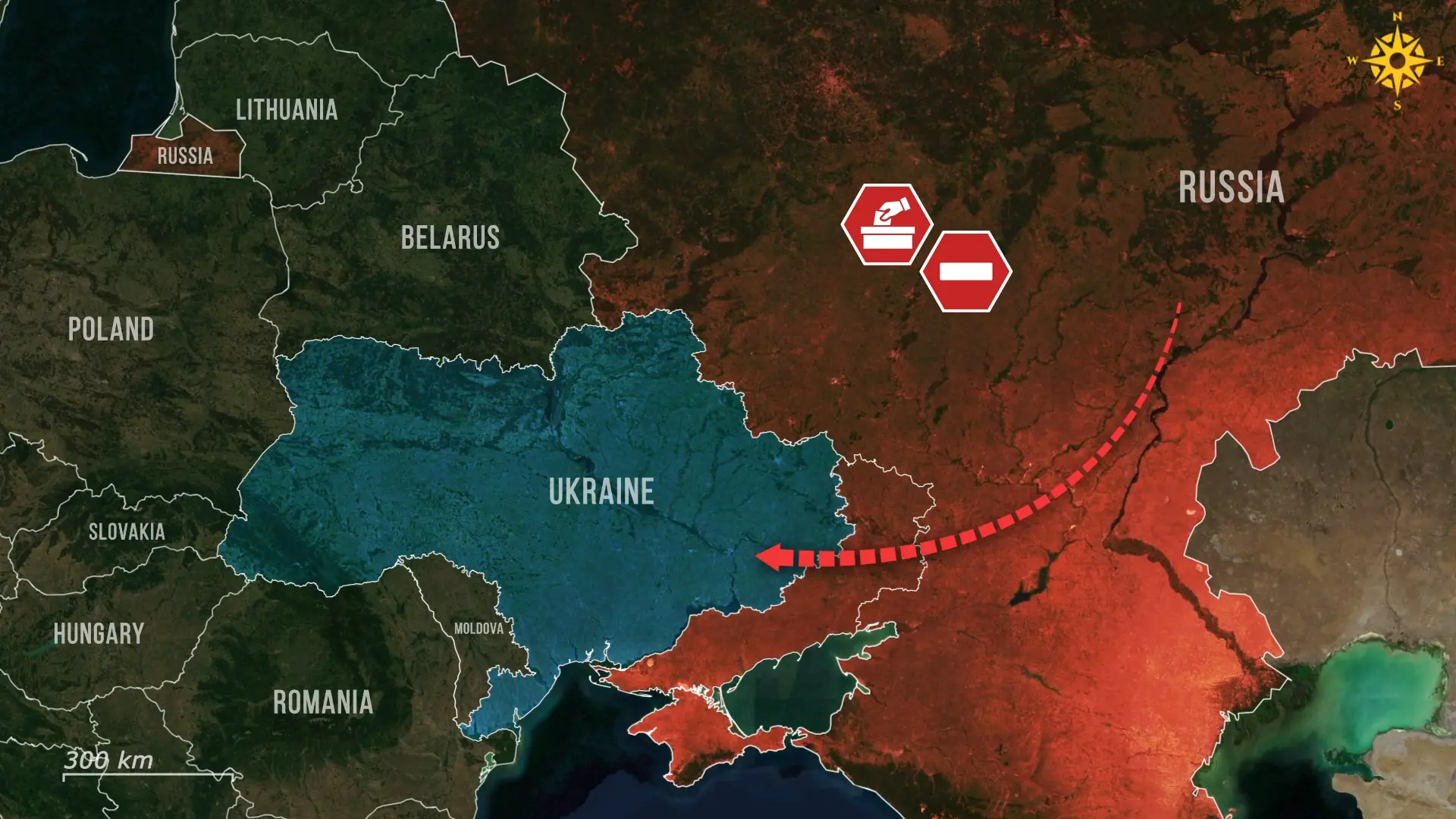
Comments